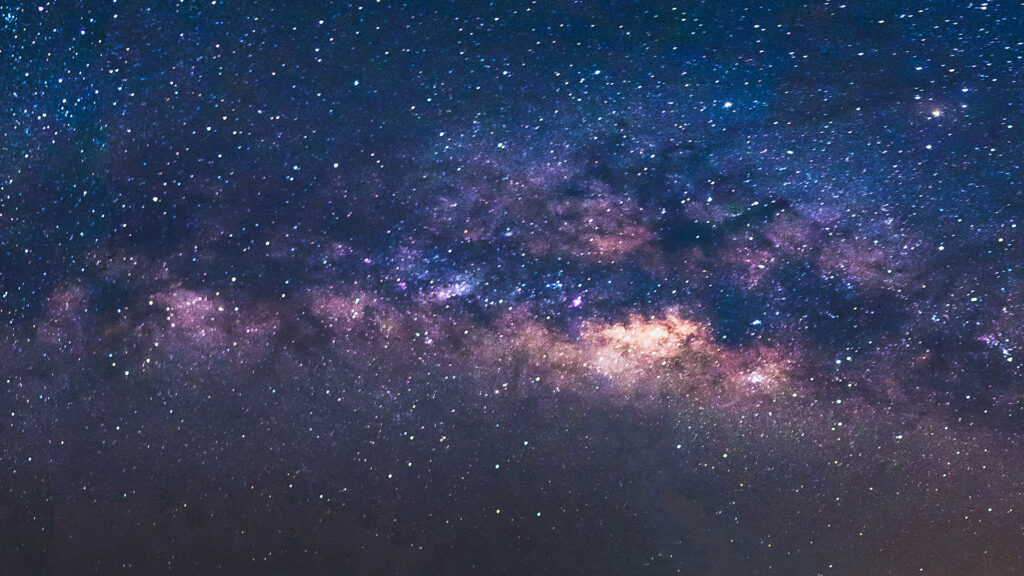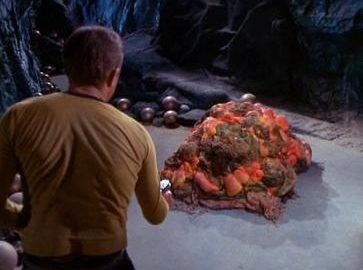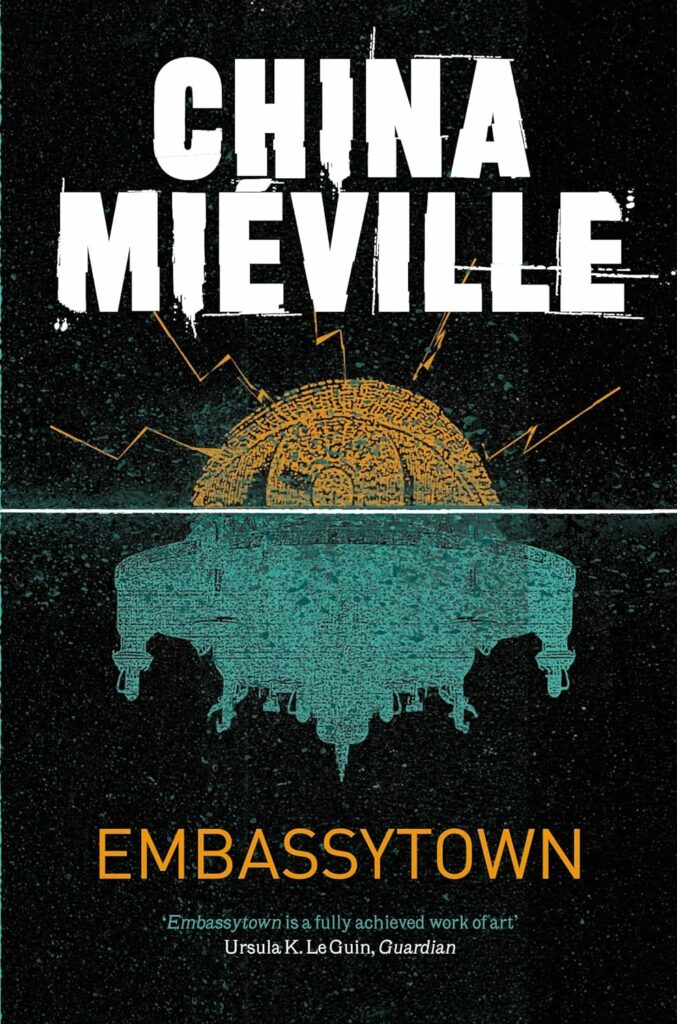
Imagining life on other worlds
The Possibility of Life author Jaime Green delves into our changing conception of the cosmos, answering a question we have all asked ourselves when looking up at the night sky: how would life on other worlds look?
I never set out to write a book about evolutionary biology. Nor a book about AI, linguistics, animal intelligence, radioactive waste storage, the origin of life, or the lifespans of civilizations. But in writing a book about aliens I learned that we can’t think about life on other worlds without using all the disciplines of science that help us understand life on this one.
Threaded throughout all of those angles of inquiry is a set of ideas from evolutionary biology: convergence vs contingency.
We can’t think about life on other worlds without using all the disciplines of science
Essentially, this is the fundamental question of imagining life on other worlds. Will it be like life on Earth, or will it be different? Is life on Earth the way it is because that’s the best, most efficient, most effective way for life to be? Or are there innumerable good solutions to the challenges of living, and what we see here is just one possibility among many?
Even just on Earth, this is a live question. As I write in my book:
Unrelated species often evolve the same features independently, because those features are evolutionarily useful. Not every Earth animal with wings or a lensed eye evolved from a common winged or eyed ancestor; these animals stumbled into the same biological solutions to problems like flight and vision. Whales evolved fishlike features but are no more closely related to fish than cows are.
Convergence vs contingency
Yet while convergent evolution is easy to spot, scientists don’t know if it’s the exception or the evolutionary rule. And once we lift our gaze from Earth to the heavens, the scope of the question becomes vast.
Many imaginings of life on other worlds take convergence as their rule, not just for biology but for everything: clothing, language, technology, culture. Most of the familiar Star Trek aliens are hardly more different from humans than different humas are from each other—different haircuts, different attitudes, different languages, but they’re all clearly people, and relate to each other as such.

'The Devil in the Dark'. Credit: Wikipedia
But out on the fringes, in one-off episodes rather than running plots, we do see the weird ones. Aliens made of different molecules, like the silicon-based Horta. Beings of pure energy or thought. Creatures that want to communicate with Earth’s whales instead of its humans, though I suppose that’s just convergence down a different path.
Once we lift our gaze from Earth to the heavens, the scope of the question becomes vast
I found a framework for thinking about these convergent and divergent aliens in China Miéville’s novel, Embassytown, one of my favorite books I encountered doing research for my book.
While it happens to have one of my favorite depictions of faster-than-light travel, for my book’s purposes Embassytown shows wild possibilities of alien language:

Embassytown conjures one such possibility [of nonlinear language], which turns out to be “impossible” for humans in more than one way. The Hosts are an alien race, so-called because their planet, Arieka, hosts a human settlement—the titular town. The Hosts, or Ariekei, have a vaguely insectoid anatomy— scuttling legs, wing-limbs, a coral constellation of eyestalks. But they lack what many other “exot,” or alien, species have in this vast inhabited cosmos: what Miéville calls a shared “conceptual model” for the world.
Essentially, Miéville is proposing that our very consciousness can be convergent with that of other beings—or, dramatically, not. When aliens and humans share a conceptual model, they can pretty easily interact, learn each other’s languages, be coworkers and peers.
There’s a cosmic humility to be found in understanding that we’re just one of life’s infinitely diverse expressions
But in this particular abundantly populated cosmos, there are plenty of other kinds of beings, at varying distances of comprehensibility. The Hosts, it turns out, are sort of on the edge of sharing our conceptual model for the world. They are quite alien aliens, but they and the humans have found ways to reach across the gap.
Reaching across that gap for connection is fundamental to so many alien stories. I write in the book:
There’s a cosmic humility to be found in understanding that we’re just one of life’s infinitely diverse expressions. Even if we can’t imagine truly strange, truly different life, we push against the inherent xenophobia of our imaginations when we try, while what we know pulls us back like gravity.
It’s fundamental to alien stories and fundamental to being human, too.
For fans of Ed Yong and Brian Cox: a dazzling scientific and cultural adventure through our ideas about extraterrestrial life

Popular science
Paperback
Available now
ISBN 9780715655191
‘An entertaining and instructive rumination on both earthbound existence and the prospect of extraterrestrial encounter’ TLS
One of the most potent questions we ask about the cosmos is: are we alone? From astrobiology to exoplanets in the ‘Goldilocks Zone’, Jaime Green traces our understanding of what and where life in the universe could be, drawing on the long tradition of scientists, writers and artists who have stimulated research by extrapolating worlds.
Bringing together expert interviews, cutting-edge astronomy, philosophical inquiry and pop culture touchstones ranging from A Wrinkle in Time to Star Trek, The Possibility of Life delves into our evolving conception of the cosmos to wonder what we might find… out there.


